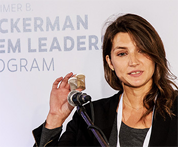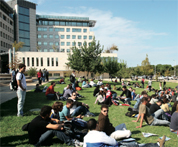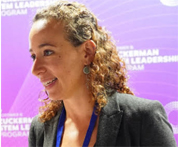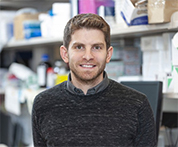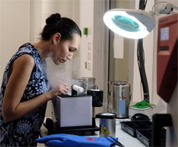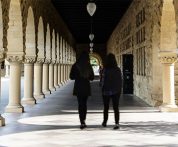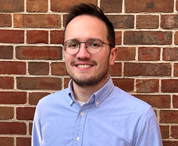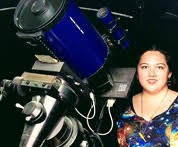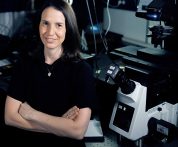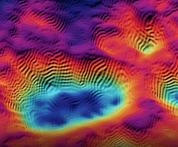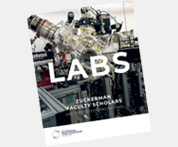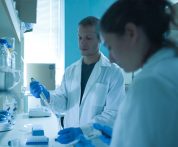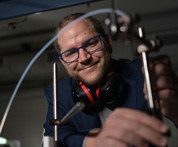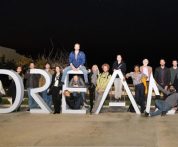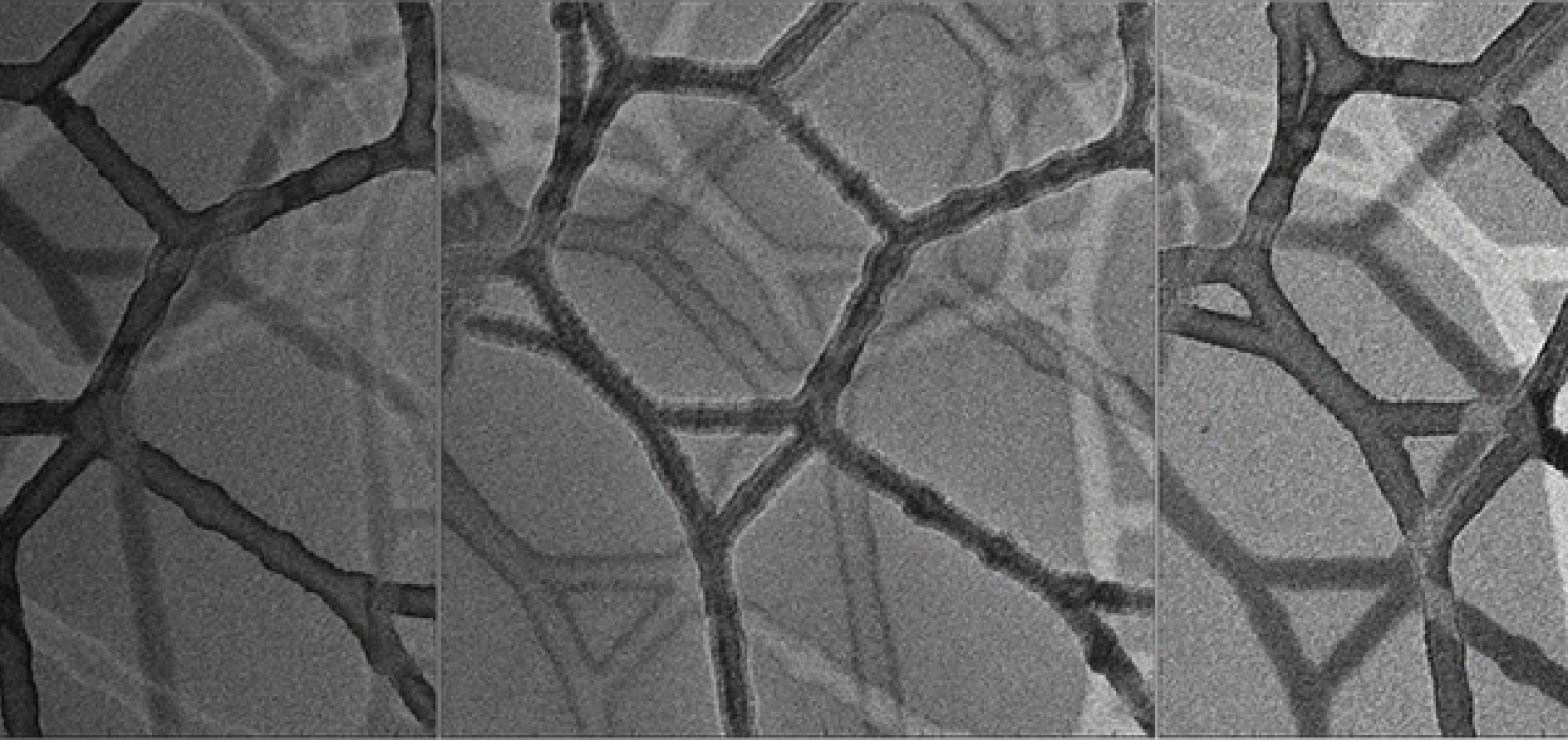Lab Research Areas
The lab studies free-space electron waves and their interactions with light, both as an intriguing quantum system and as a scientific tool. They use laser beams to shape electron wave functions in space and time, creating electron quantum states with as yet unexplored properties. Such engineered electron waves enable new approaches in electron microscopy and spectroscopy, new radiation sources, and new ways to control quantum systems on the nanoscale.
The lab also pursues an exploratory project where high-intensity laser light interacts with virtual electrons (and positrons): probing electromagnetic nonlinearity of physical vacuum in an all-optical tabletop experiment.
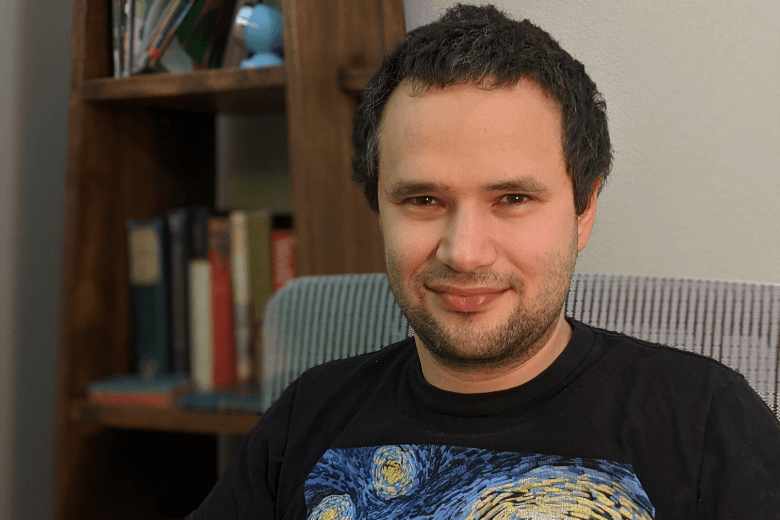
Scholar Profile
For Osip Schwartz, uncovering how biological systems work is both rewarding and ethical. Yet the clarity of physics also fascinates him. As a result, his scientific experiments in microscopy both advance physics and bring about better tools for life science imaging. For his PhD in Physics at Weizmann Institute of Science, he built a novel optical microscope, the first in the world to improve imaging resolution by incorporating quantum statistics characteristic of light.
Dr. Schwartz opened his lab in the Department of Physics of Complex Systems at the Weizmann Institute of Science where he is working to introduce laser beams into a transmission electron microscope. His research group studies quantum interactions of light and free-space electrons. He hopes to use laser control of electron waves to improve electron microscopes by providing increased contrast, better penetration capabilities in thicker samples, and rapid three-dimensional imaging.
Dr. Schwartz also continues to address the problem of radiation damage in samples, a problem he first addressed during his postdoc at UC Berkeley. There, he worked on phase plates, which were originally invented for light microscopy, enabling imaging of previously invisible transparent cells. A different type of phase plate was needed for electron microscopy, since placing material objects in the electron beam often caused them to charge up and disintegrate. Dr. Schwartz’ phase plate consisted of a focused laser beam with the highest continuous‑wave laser intensity ever achieved. A patent has been filed for it, and it is being developed as a practical imaging tool.
Dr. Schwartz’s work has been recognized with the Human Frontier Scientific Program Postdoctoral Fellowship, given annually to 10 non-biologists worldwide whose research has an impact on biological sciences; the Adams Fellowship of the Israel Academy of Sciences and Humanities, given annually to 10 scientists in all of Israel; and with the Budker Fellowship from the Budker Institute for Nuclear Physics in Novosibirsk, Russia, his birthplace.
 ISRAELI COUNCIL FOR HIGHER EDUCATION
ISRAELI COUNCIL FOR HIGHER EDUCATION MIT-Israel Zuckerman STEM Fund for Faculty Collaboration
MIT-Israel Zuckerman STEM Fund for Faculty Collaboration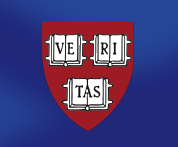 The Zuckerman Travel and Research STEM Fund at Harvard
The Zuckerman Travel and Research STEM Fund at Harvard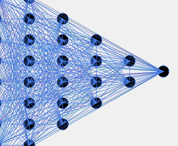 Zuckerman AI Fund at Technion
Zuckerman AI Fund at Technion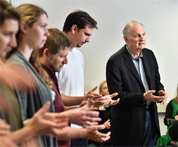 Alan Alda Communicating Science
Alan Alda Communicating Science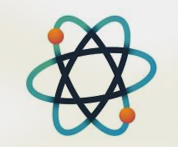 Zuckerman Institute – ScienceAbroad
Zuckerman Institute – ScienceAbroad Zuckerman Institute – America-Israel Friendship League partnership
Zuckerman Institute – America-Israel Friendship League partnership
